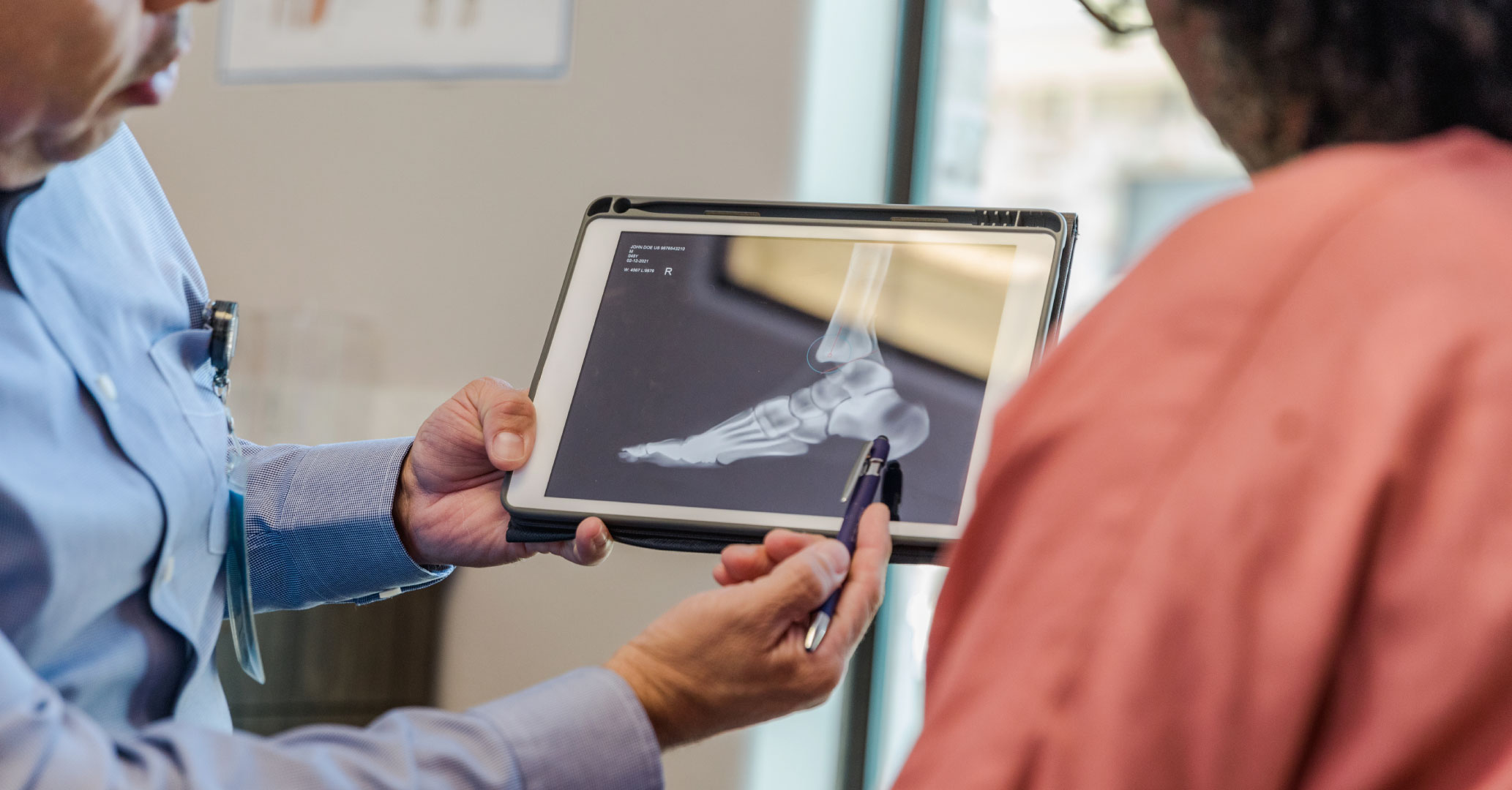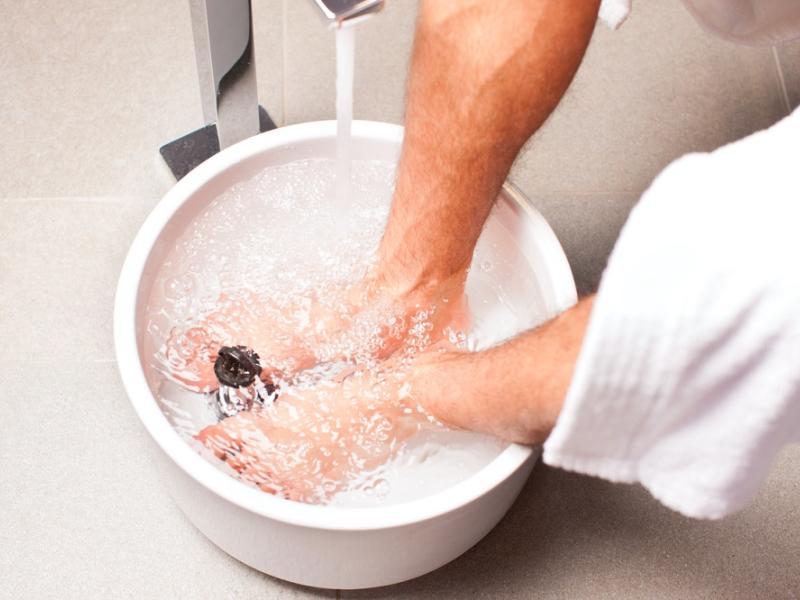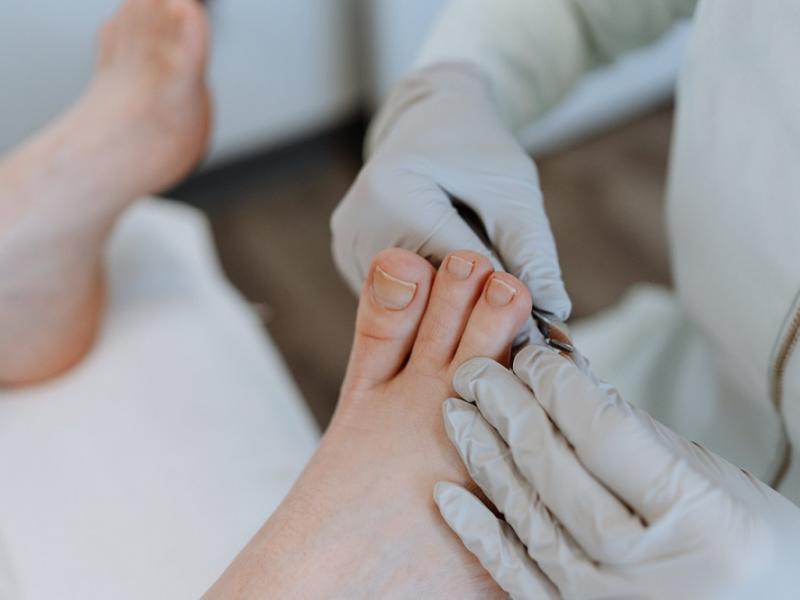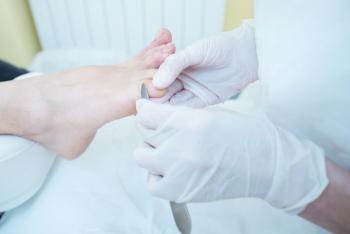Crocs offer comfort, breathability and convenience but lack essential arch support and stability for...
Read More
If you're experiencing the discomfort of an ingrown toenail, Inspira is here to help. Our providers are committed to your diagnosis, treatment and prevention, and we’re here to share information about options like proper nail trimming, warm water soaks and potential surgical interventions.
An ingrown toenail occurs when the edge or corner of a toenail grows into the surrounding skin, leading to pain, redness, swelling and potential infection. It commonly affects the big toe but can occur in any toe.
The most common symptom of an ingrown toenail is localized pain, mainly when pressure is applied or when wearing tight shoes. The affected area may become swollen and tender and develop redness or inflammation. In some cases, drainage or pus may indicate an infection.
If left untreated, an ingrown toenail can worsen and cause increased pain, difficulty walking and more severe infection.
A podiatrist can diagnose an ingrown toenail through a physical examination. They assess your affected toe, looking for redness, swelling and tenderness. Your provider may gently press on the skin surrounding the toenail to determine the level of discomfort. Additionally, they may inquire about symptoms and medical history to rule out underlying conditions.

There are several treatment options available for ingrown toenails, including:

For mild cases, conservative measures can be effective. Soaking the affected foot in warm water multiple times a day can help reduce swelling and tenderness. Gently lifting the ingrown edge of the nail with a clean cotton ball or dental floss can alleviate pressure. Applying antibiotic ointment and using sterile bandages can prevent infection. In addition, wearing open-toed or loose-fitting shoes that don't pressure the toe can aid healing.

A podiatrist may perform a partial or toral nail avulsion in more severe or recurrent cases. This procedure involves removing the portion or all of the nail that is ingrown or causing the problem. The patient is typically under local anesthesia. Afterward, proper wound care is necessary to ensure healing.
Managing the pain and discomfort of an ingrowth toenail can be a pain. From your neighbors to online forums, you may hear endless suggestions on treating them independently, so it can be hard to know exactly what to do. By seeing one of our Inspira podiatrists, you will have a professional to diagnose and treat your condition and a guide to help prevent an ingrown toenail from reoccurring.
No, ingrown toenails are not contagious. They result from nail growth and improper nail care rather than being caused by a contagious agent or infection.
Mild ingrown toenails can be managed at home with self-care measures such as warm water soaks, gentle nail trimming and wearing open-toed shoes. However, it's essential to seek medical attention if the condition worsens or there are signs of infection.

Crocs offer comfort, breathability and convenience but lack essential arch support and stability for...
Read More
Learn effective strategies for safely managing corns, from gentle exfoliation and choosing...
Read More
Most people experience foot pain at some point in their lives, but it is important to know when to...
Read More